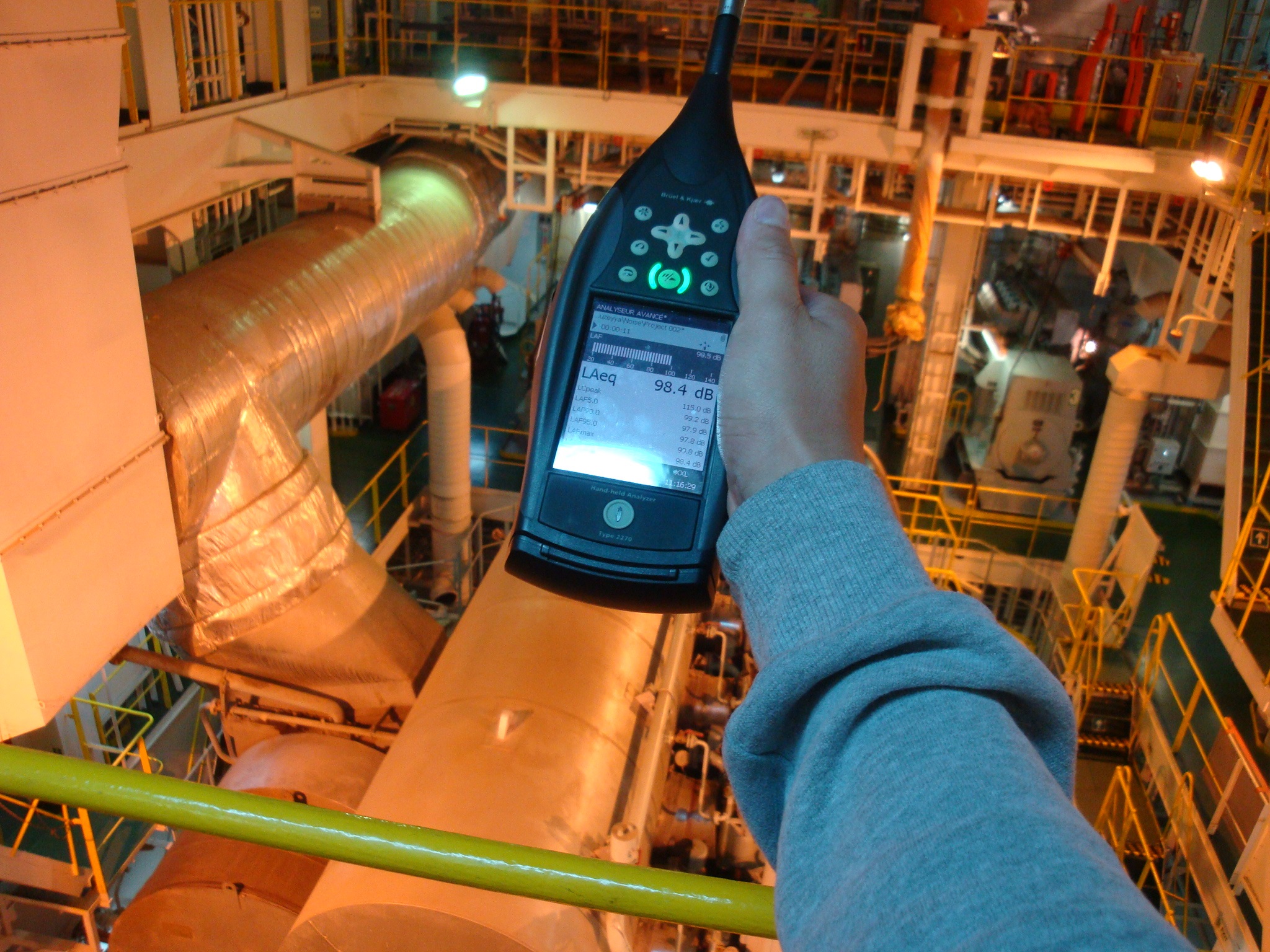About Us

Company Overview:
We are glad to introduce ourselves as manufacturers and Exporter of Vibration control systems under the name of Creative Vibration Isolators Company engaged in manufacturing, supplying and trading a wide range of Rubber Mounts, Anti Vibration Mounts, Spring Isolators, SPM Spares, Cushy Foot Mountings and many more products for Industrial use. The vibration isolators are used in Isolated foundations are used to provide effective, low frequency isolation of machinery and equipment. They are used extensively in industrial applications either as Active Isolation or Passive Isolation to prevent sensitive equipment’s. We established in the market as a sole proprietorship based company in the year 2007 in Bengaluru, Karnataka, India.
The products offer by us are known for their quality and durability, customers prefer to purchase are products due to their hassle free performance in suitable applications. Our team of professionals is experienced and capable to meet the huge market demands in given time frame and also delivers the products in various places around the country.
Our business manager is Mr. Chandrashekhar. K. He is the person who manages the various business activities and motivates our professionals to give their 100%. Further, he believes in new research and study, so we can provide the unmatchable quality products to customers in wide range at most reasonable prices. Today, our company is the leading industry in the market.
We are supplying the products to many of the reputed industries. Our product ranges starts from 50 kgs to 10000 kgs in one single spring unit. We can manufacture any load taking capacity spring unit. We will design the products based on the machine data and use advance technology. Our factory located in Bengaluru near to Peenya Industrial area, we can assure you prompt service and best quality spring units at all times.
Our Infrastructure:
Our ultra modern infrastructure helps us in manufacturing products in bulk. We are equipped with all require perquisite like latest machines, tools, automatic equipment, etc. Further, we use all these facilities for manufacturing quality products and design the products as per the requirements. We also ensure to deliver our products in various places across the country.
Mission :
We are continually finding the new ways to modernize and revolutionize the infrastructure sector and bring economically viable solutions within the reach of every Clients.
Our Vendor Base
Vendors are the part of company, who help in providing quality products to clients as per their specific requirements. Our vendors support us in all manners, so we can offer a best range of products to customers. We sourced raw materials from our vendors at reasonable prices and then provide unmatchable quality products to clients at affordable rates.
Technical Information on Vibration Isolators
Planned Isolation
The isolation of machinery to prevent the transmission of vibration and noise has become one of the important phases of modern building engineering. Light weight construction and locating mechanical equipment on upper floors, adjacent to quiet areas, increases the requirement for vibration control. The use of isolation is primarily for reducing the effect of the dynamic forces generated by moving parts in a machine into the surrounding structure.
Isolation Theory
Every machine by its very function of operation creates a vibration or shock of varying intensity or amplitude. The requirements for isolating this vibration depend upon the local conditions of installation. Three principle factors control the selection of an isolator for a particular machine. The first is the weight to be supported, the second is the disturbing frequency of the machine and the third is the rigidity of the structure supporting the machine
Vibration is a force and establishing an opposed force can effectively reduce its transmission. This is accomplished by incorporating a truly resilient material, which when subjected to a static load, deflects and by so doing establishes the natural frequency of the isolation system. When the natural frequency of the isolation system is lower than the operating or disturbing frequency of the supported machine, each cycle of vibratory force finds the resilient material in the returning phase of its cycle. The effectiveness of the isolation then, is a function of the distance of return travel remaining at the time of impact.
This is best explained by visualizing each cycle as an individual blow. This blow drives the isolator into dynamic deflection. When the force of the blow is spent, the isolator starts its return at its own frequency. Since the frequency is slower than that of the blows, it is obvious the return will be only partial before next impact. Because the isolator possessed the energy with which to complete its return to equilibrium, the unaccomplished portion of travel represents the amount of opposed energy that will absorb the next impact. Therefore, the greater the ratio of disturbing to natural frequency the more efficient the isolation, subject to diminishing returns. It is evident any truly resilient material capable of the required static deflection, operating within its elastic limits will produce the required results. The essential factor of an isolator is it must be truly resilient. It must have the ability to return to its original height when loads or forces are removed. Such a material, when loaded within its elastic limits, will have a long effective life.
In the case where vibrations are present due to a constant steady-state oscillation of imbalance in a machine a precise formula may be applied with reasonable certainty of attaining desired results. in substance, this formula is based on the ration of the operating frequency of the machine or other equipment to be isolated, to the natural frequency of the isolated system. The disturbing frequency fd of a machine can be readily determined either by measurement or by the known operating characteristics of the equipment. Generally the lowest R.P.M. in the system is used as the disturbing frequency.
Shock Isolation
Shock can be described as a motion in which the velocity changes very suddenly causing a single or multiple impact into the ground or surrounding structure. Consequently, the theory of isolation outlined above is not applicable as the forcing (disturbing) frequency is usually low (less than 100 cpm). However, best results are obtained with isolators providing low natural frequencies. The design and selection of an isolation system for impact machines such as drop hammers and punch presses, must take into account that the energy of each blow is dissipated before the next impact occurs. when necessary, use of inertia mass and damping devices may be employed to attain desired stability.
Noise
An additional benefit of machinery isolation is the associated noise reduction. Introduction of a resilient medium between the equipment and the structure acts to break the path of structural borne noise. This results in noise reduction in areas outside the machinery room and to limited extent, in the area around the machine. This is achieved by reducing the sounding board effect normally associated with machinery mounted solidly to the structure. use of isolation does not reduce sir-borne noise if found to be above allowable levels. Air-borne noise must be treated acoustically with acoustic enclosures or other sound absorbing devices.
Location
In evaluating and selecting an effective isolation system, consideration must be given to identifying critical areas. In buildings where equipment is located directly over or adjacent to quiet areas, offices, libraries, studios, operating rooms, etc., a very critical condition exists, requiring extremely high isolation efficiency. Basement locations and areas with high ambient noise such as factories, warehouses, power plants, etc., are considered less critical and can tolerate larger transmitted forces. In addition, the geographic location of the building is also important. if located in a designated earthquake zone, the potential seismic forces produced will dictate the incorporation of restraints to protect the resilient isolated equipment.
Materials
After the desired static deflection has been established the isolating medium is selected. Steel springs and elastomers are generally accepted material that meet the requirements of resiliency for isolation.
Elastomers describes natural rubber and the various synthetic materials such as neoprene. It possesses inherent damping and sound deadening characteristics and can be molded into any shape or hardness and vulcanized to metal. The term rubber-in-shear is used to describe the deflection in shear rather than compression. Elastomers limit static deflection to a maximum of 1/2 inch and can be incorporated to provide damping in spring isolators.
Metal springs become preferable when the required static deflection exceeds 1/2 inch. they can be designed to provide large static deflection and depending on the application are available either free standing, housed or vertically restrained. Free standing springs are usually unrestrained devices which must be laterally stable meeting a minimum of 0.8 ration of spring diameter to compressed height. housed springs are used to counteract the effect of lateral forces, while vertically restrained springs are used for equipment whose weight varies with the addition or removal of large amounts of water and for rooftop equipment subject to wind loads. Since steel springs will transmit noise, introducing an elastomer pad to break the direct structural borne noise path is necessary.
© 2019 Creative Vibration Isolators. All rights reserved | Design by Secure Media Technologies
